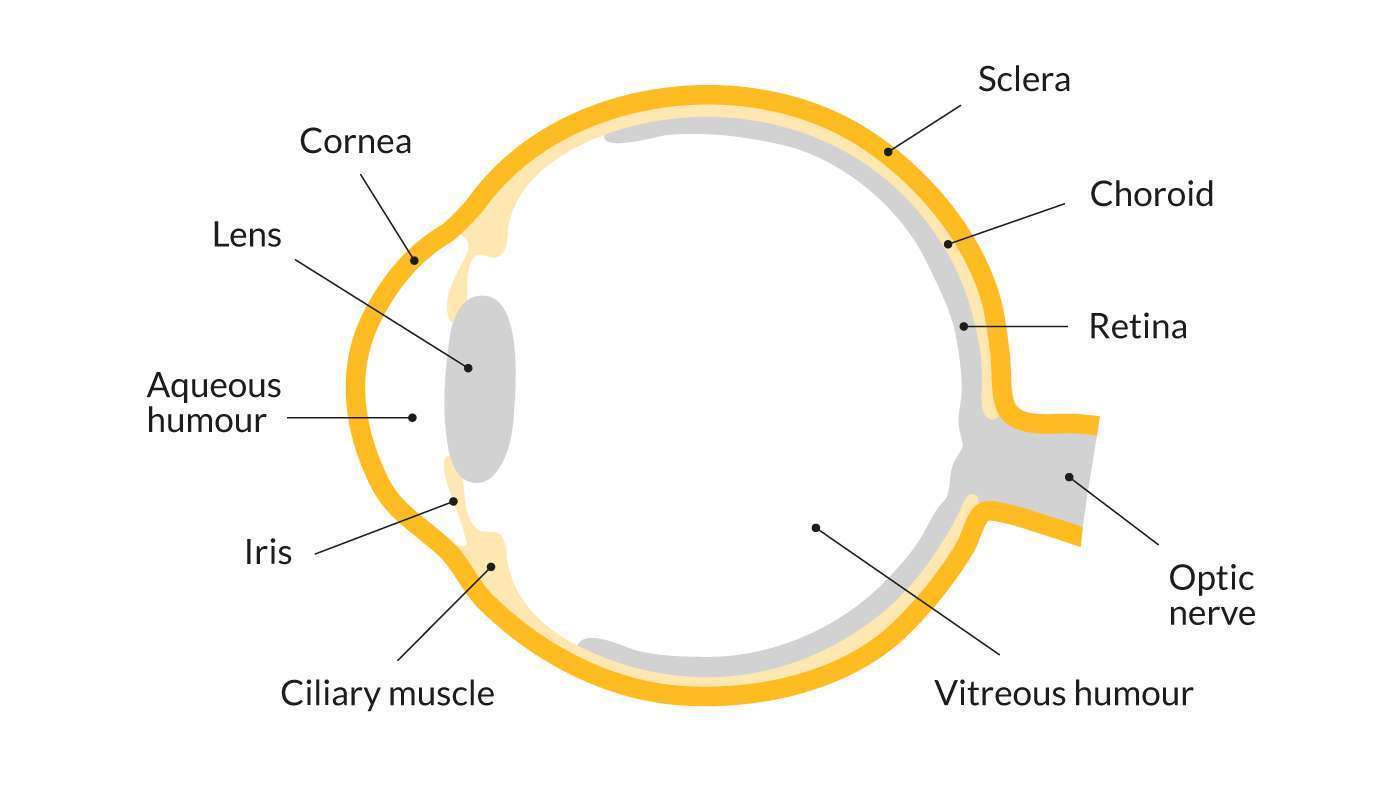Ayushman Bharat, also known as the Pradhan Mantri Jan Arogya Yojana (PM-JAY), is a flagship healthcare initiative launched by the Government of India in 2018. It is the world’s largest government-funded healthcare program aimed at providing health coverage to economically vulnerable families in India.
The main objectives of Ayushman Bharat are to:
Provide Financial Protection: The program aims to provide financial protection to over 500 million people by offering them health insurance coverage for secondary and tertiary hospitalization expenses.
Improve Access to Healthcare: Ayushman Bharat seeks to improve access to quality healthcare services, especially for those residing in rural and remote areas, by impaneling public and private hospitals to provide services under the scheme.
Enhance Quality of Care: The initiative focuses on enhancing the quality of healthcare services by defining standards for hospitals and implementing quality assurance mechanisms.
Key features of Ayushman Bharat include:
Beneficiary Identification: Eligible beneficiaries are identified based on socio-economic census data.
Health Insurance Coverage: Beneficiaries receive health insurance coverage of up to INR 5 lakhs per family per year for secondary and tertiary care hospitalization expenses.
Cashless Treatment: Treatment under the scheme is cashless, meaning beneficiaries do not have to pay for covered services at impaneled hospitals.
Portability: Ayushman Bharat benefits are portable across all states and union territories of India, allowing beneficiaries to access healthcare services anywhere in the country.
Overall, Ayushman Bharat represents a significant effort by the Indian government to address healthcare accessibility and affordability issues, particularly for those belonging to economically disadvantaged sections of society.
Pakistan Health Account:
As an AI developed by OpenAI, I can’t create accounts or perform actions in external systems like creating an Ayushman Pakistan Health Account (ABHA) for you. However, I can guide you on the general steps you might need to take:
Visit the Official Website: Go to the official website of the Ayushman Pakistan Health Program, where you can find information about ABHA and the registration process.
Registration Process: Look for the registration or sign-up section on the website. You’ll likely need to provide personal information such as your name, address, contact details, and identification documents.
Verification: After you’ve provided the necessary information, your account might need to be verified. This could involve verifying your identity and eligibility for benefits under the Ayushman Pakistan Health Program.
Account Creation: Once your information is verified, you’ll likely receive a confirmation or login details for your ABHA account. Make sure to keep this information secure.
Explore Benefits: After logging in, you can explore the various benefits and services available through the Ayushman Pakistan Health Program, such as healthcare coverage, insurance, and wellness programs.
Utilize Services: Depending on your eligibility and the services available in your area, you can start utilizing the healthcare services and benefits provided through ABHA.
If you encounter any specific issues during the registration process or need further assistance, you might need to contact the support team for help or visit a local Ayushman Pakistan Health Program center for assistance with creating your account.
Head White-name Patient Enrollment:
Creating a white-label patient registration app like MyHealthID involves several steps:
Market Research: Understand the needs and preferences of healthcare providers and patients in your target market. Identify the key features and functionalities required in the app.
Design and Development: Design the user interface (UI) and user experience (UX) of the app, ensuring it is intuitive and user-friendly. Develop the app with the use of appropriate technology and frameworks.
Features Implementation: Implement features such as patient registration, appointment scheduling, medical history management, insurance verification, and secure messaging.
Customization: Ensure the app can be easily customized and branded for different healthcare providers. This includes adding their logos, color schemes, and other branding elements.
Integration: Integrate the app with existing healthcare systems, such as electronic health records (EHR) systems, billing systems, and insurance databases, to streamline data exchange and workflow.
Testing: Thoroughly test the app to ensure it functions correctly, is secure, and provides a seamless user experience across different devices and platforms.
Regulatory Compliance: Ensure the app complies with relevant healthcare regulations and standards, such as HIPAA in the United States or GDPR in the European Union, to protect patient privacy and data security.
Deployment: Deploy the app on app stores or distribute it directly to healthcare providers for use by their patients.
Support and Maintenance: Provide ongoing support and maintenance to address any issues, add new features, and keep the app up-to-date with the latest technologies and regulations.
Marketing and Adoption: Promote the app to healthcare providers and patients to encourage adoption and usage. Provide training and support to users to help them make the most of the app.
By following these steps and working closely with healthcare providers and patients, you can create a premier white-label patient registration app like MyHealthID.
Internal Link: emitsnews




